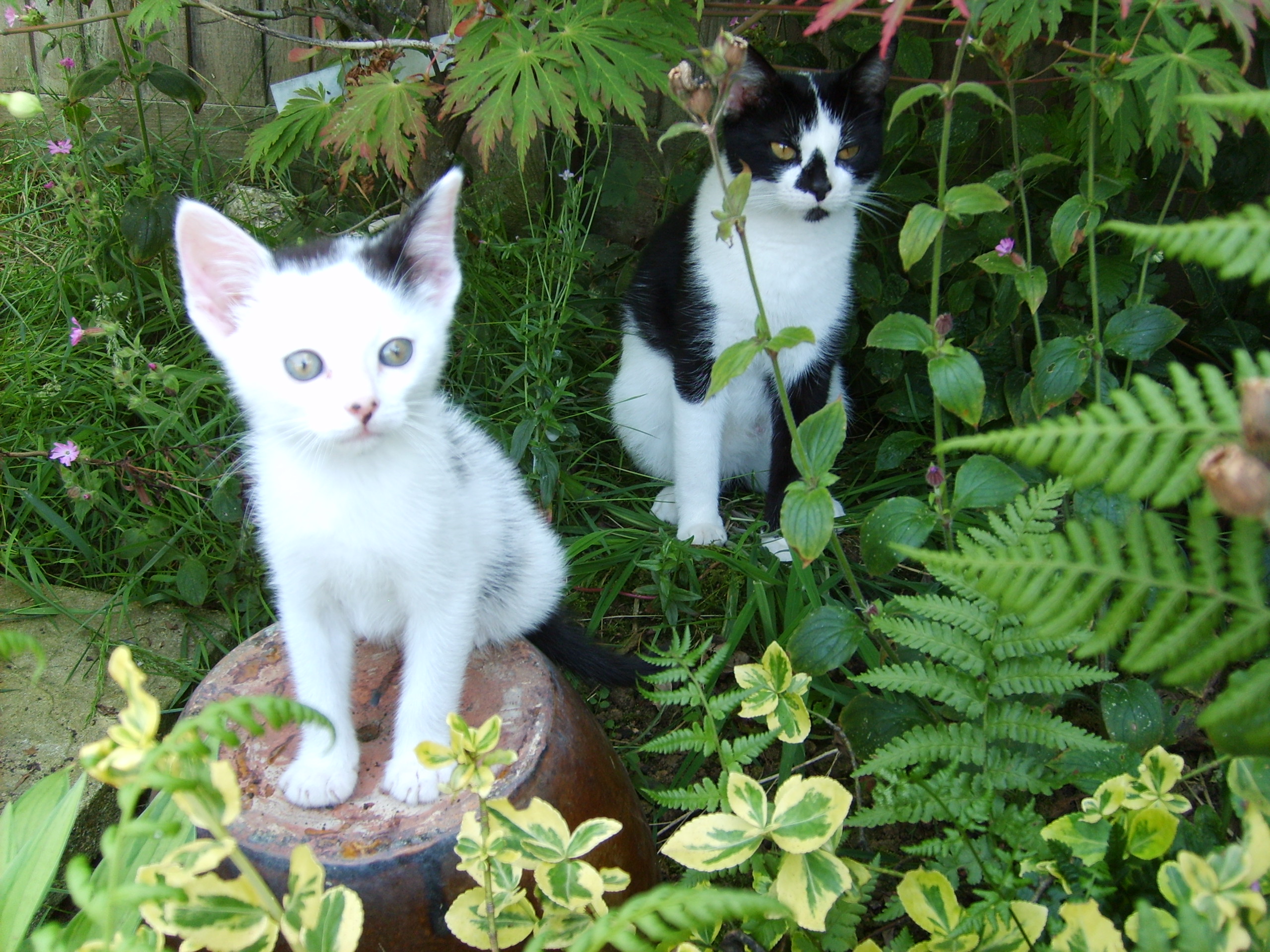You can help us to care for the many cats in need by making a donation.

Click Here For Our Amazon Wish List
Follow us, and share your photos and cat stories.
Online Shop
Cat Window Screens
Please quote code RS4005 when you make a purchase, as we will receive a 7% donation.
Worms
 Just as in humans, it’s normal and healthy for a cat’s stomach and intestines to contain a variety of microscopic organisms. But sometimes the eggs of parasites get into your cat’s digestive system, developing into adult worms that feed off the food going through their gut and steal its nutrition. Worms produce more eggs that are shed in the cat’s faeces and spread to other hosts.
Just as in humans, it’s normal and healthy for a cat’s stomach and intestines to contain a variety of microscopic organisms. But sometimes the eggs of parasites get into your cat’s digestive system, developing into adult worms that feed off the food going through their gut and steal its nutrition. Worms produce more eggs that are shed in the cat’s faeces and spread to other hosts.
The most common unwanted tenants of your cat’s digestive tract are roundworms and tapeworms. Roundworms look like short strands of thick white thread, and a cat with a particularly bad case may actually vomit them. Adult roundworms lay eggs that can be seen under a  microscope in a cat’s stool. Tapeworms attach to the lining of the cat’s intestine by their heads and grow by segments. Each egg-containing segment is shed with the cat’s stool. Sometimes, the tapeworm segments – the “grains of rice” mentioned above – can be found clinging to the cat’s anus.
microscope in a cat’s stool. Tapeworms attach to the lining of the cat’s intestine by their heads and grow by segments. Each egg-containing segment is shed with the cat’s stool. Sometimes, the tapeworm segments – the “grains of rice” mentioned above – can be found clinging to the cat’s anus.
So where did the worms come from? Fleas are one likely culprit – tapeworms sometimes lay eggs in them. When a cat swallows a flea with tapeworm eggs while grooming, voila, infestation. Similarly, a cat who goes outside is likely to come in contact with eggs shed by an infected cat. Another common pathway comes in the form of infected birds, mice or other small creatures that your cat captures and eats.
 It can be difficult to tell if your cat has worms (unless you see the evidence yourself). Kittens with worms may have diarrhoea, slow weight gain and a pot-belly. Infected adult cats may have dark tarry stools, vomiting, diarrhoea and weight loss. However, they often to have no signs of their worm infection at all. If your cat has never been checked for worms, it is important to visit your vet.
It can be difficult to tell if your cat has worms (unless you see the evidence yourself). Kittens with worms may have diarrhoea, slow weight gain and a pot-belly. Infected adult cats may have dark tarry stools, vomiting, diarrhoea and weight loss. However, they often to have no signs of their worm infection at all. If your cat has never been checked for worms, it is important to visit your vet.
Over-the-counter worming treatments often don’t have enough punch to knock out worms for good. An infestation that goes unchecked for months, or even years, robs your cat of vital nutrients. He or she will also be shedding eggs or spores and infecting other animals (and could even infect you).
Cats who go outside, hunt, eat raw or undercooked meat or meat products, have fleas or share quarters with a cat who has been diagnosed with worms have the highest risk of being infected.
with a cat who has been diagnosed with worms have the highest risk of being infected.
In the case of worms, prevention is the best cure. This includes regular flea treatments. So get your cat to the vet and rid him or her of those nasty parasites; you’ll both be happier for it!
Worming treatments are a standard element of care at Rolvenden Cat Rescue
© Copyright Rolvenden Cat Rescue | Registered Charity Number 1141631 | All rights reserved | 01580 241632